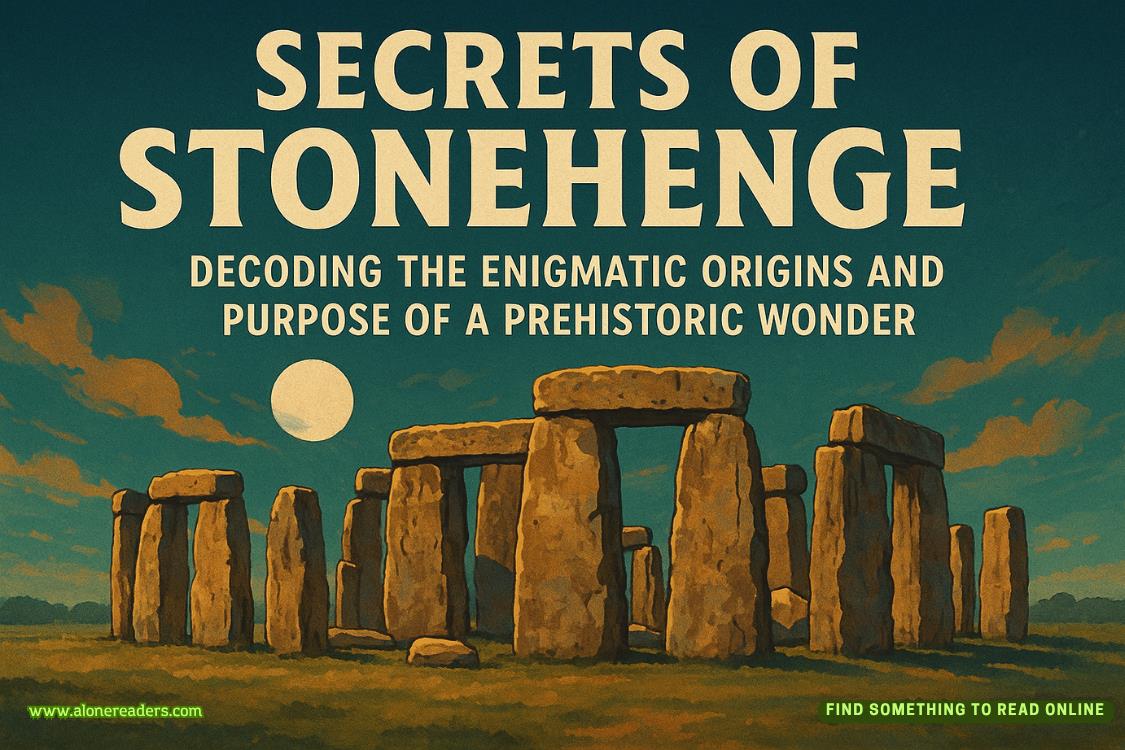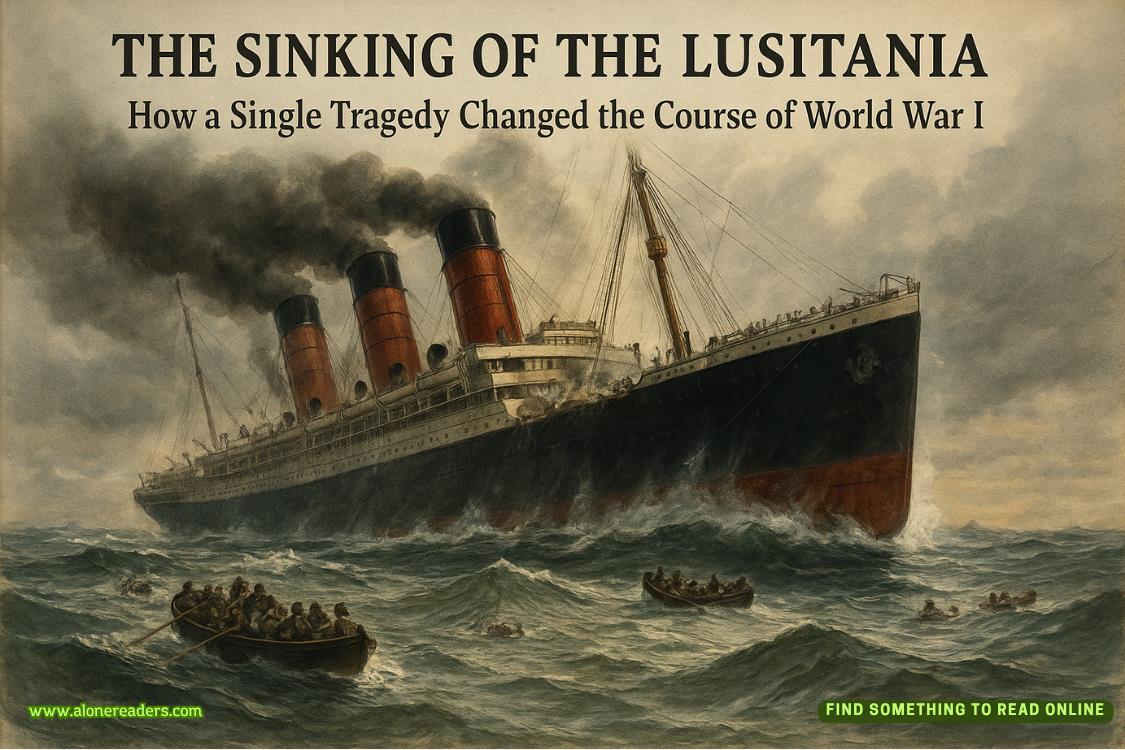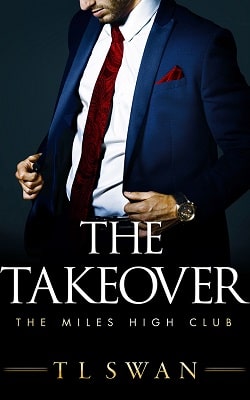Iadjust my glasses, straightening shoulders that aren’t quite mine. Professor Elias Knox does not slouch. He moves with the quiet confidence of a man aware of the value of everything he sees.
The night air cools my skin as I stand before Sanctum’s entrance, its modern façade a stark contrast to the historic buildings surrounding it. Steel and glass dominate where brick and mortar once stood, the gallery as much a statement as the art it contains.
I take a deep breath, letting Knox settle into my bones like a second skin, and push through the heavy doors.
Sanctum opens before me, a brutalist cathedral with unpainted concrete floors and walls that rise to meet exposed beams overhead. Lighting crisscrosses the industrial ceiling, casting pools of illumination onto works hung with minimalist restraint. It transforms what could be cold and sterile into another form of artwork, each shadow as deliberate as the art it frames.
A server materializes at my elbow, offering champagne from a tray balanced on a black glove. I accept a flute, careful not tolet our fingers brush. Professor Knox is not an overt flirt. He’s a challenge to be pursued by those with the resources to hold his interest.
Forgeries Through History: Art, Authenticity, and the Masters of Deceptionannounces a placard near the entrance, the text etched into brushed metal that catches the light as patrons pass.
A fitting theme for this gallery’s inaugural exhibition. A fitting trap for me.
I drift through the space, a glass of champagne a prop in my hand as I scan faces and canvases with equal interest. Conversations float around me in fragments.
“—simply exquisite, the attention to detail?—”
“—could have sworn it was the original Rembrandt?—”
“—hear the owner acquired them through mysterious channels?—”
Knox moves with measured steps, pausing before each piece with scholarly interest, head tilted at the precise angle of someone cataloging brushstrokes and pigments to compare against a mental archive. The persona is comfortable, worn as smooth as a river stone. With Knox, I can appreciate beauty without revealing hunger. Can discuss technique without betraying knowledge no academic should possess.
I round a corner and freeze, champagne halfway to my lips.
Three paintings hang side by side on the far wall, isolated from the others by both space and lighting. My grandfather’s works. Not just any forgeries, but the pieces that established his reputation among collectors willing to pay for “alternate provenance.”
His religious triptych makes strong use of the contrasts between light and dark to create a sense of volume and depth within the two-dimensional format. My eyes seek out the twentieth-century wristwatch on a saint, a modern belt buckleon a martyr. His signature joke at the expense of the masters whose techniques he mastered.
These should not exist. The authorities seized everything from his studio. Everything was burned or disappeared into government evidence rooms, never to emerge again.
Yet here they hang, perfectly preserved, perfectly lit, perfectly framed.
My fingers tremble around the delicate stem of my champagne flute. I force myself to take controlled, measured breaths, though my heart pounds erratically, and my shirt collar cuts into my throat.
“Stunning examples of mid-century forgery technique,” reads the small plaque beside them. “Artist Unknown, though evidence suggests a single hand. Acquired from a private European collection.”
Unknown. My grandfather remains nameless, even here.
A memory surfaces of his hands, liver-spotted and veined, guiding mine across canvas, linseed oil and turpentine perfuming our small apartment. His vocals roughened by cigarettes and age, whispering,“The secret isn’t in copying what they painted, but in feeling what they felt. You must love what they loved. Hate what they hated. Only then can you recreate their hand.”
I move closer, gaze tracing the deliberate imperfection in the Virgin’s left hand, so subtle most viewers would miss it. My throat constricts, pressure building behind my eyes that threatens to crack the careful mask of Knox.
Someone preserved them. Protected them. Displayed them not as frauds to be held in contempt but as masterworks of deception to be admired. The realization blooms within me, an uncomfortable heat spreading beneath my skin.
“The technique is remarkable, isn’t it?”
The words slip into my consciousness like pigment in water, blooming outward until I’m awash in its color. I don’t need to turn to know who stands behind me. My body recognizes him first on pure instinct, a live current of electricity racing through me.
Ezra steps into my peripheral vision, close enough for his sleeve to brush mine. He’s dressed in charcoal gray, the fabric catching the light as he moves. New tattoos peek from his collar, extending higher up his neck than they did three months ago.
More hurt that I caused, punched into his skin by a thousand needle points to give the pain purpose.
His hand settles at the small of my back, warm through the thin fabric of my jacket. The touch is casual, proprietary, the gesture of someone familiar with how my body responds to his proximity.
“Professor Knox,” he says, the greeting pitched to pique the interest of those who stand nearby. “I was hoping you’d accept my invitation. Your expertise in authentication techniques is unparalleled.”
His lips form a practiced smile. This is a choreographed dance for the benefit of watching patrons, and I slide into the steps like I was born to them.















